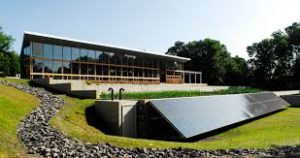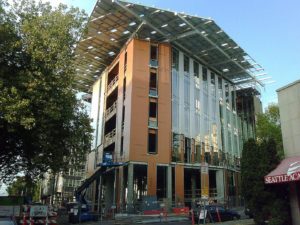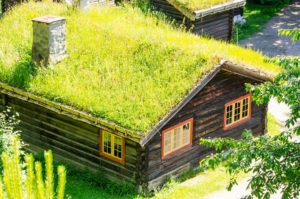 Can you imagine a home or some other type of building that is fully self-sufficient? A building that is able to take in more power and other resources than it actually uses? This could be the best way of giving back to the community and it is being done through the Living Building Challenge. It is something that many communities are hoping to start doing, because they feel that every construction can make the world a better place to live.
Can you imagine a home or some other type of building that is fully self-sufficient? A building that is able to take in more power and other resources than it actually uses? This could be the best way of giving back to the community and it is being done through the Living Building Challenge. It is something that many communities are hoping to start doing, because they feel that every construction can make the world a better place to live.
The Living Building Challenge
 If you are wondering, “what is the living building challenge?” you aren’t alone. It is something that not many people are aware of, but it could be something that you hear more about in the near future as more and more people start trying to do things that improve the environment. The challenge was set forth in 2006. The goal was to create a building that could be self-sustaining. This can be done using salvaged materials, private gardens, and more. They also enable the building owner to collect natural resources and use them at a later time. For instance, rainwater harvesting so that you can hold water to use for the garden, out into the fields, and into the home.
If you are wondering, “what is the living building challenge?” you aren’t alone. It is something that not many people are aware of, but it could be something that you hear more about in the near future as more and more people start trying to do things that improve the environment. The challenge was set forth in 2006. The goal was to create a building that could be self-sustaining. This can be done using salvaged materials, private gardens, and more. They also enable the building owner to collect natural resources and use them at a later time. For instance, rainwater harvesting so that you can hold water to use for the garden, out into the fields, and into the home.
Upgrading Local Buildings
 One way that communities are starting to embrace the challenge is to use solar panels when they can and putting more windows on sunnier sides of the home or office buildings. Some newer buildings are also using radiant heating sources since they heat the floor of a home rather than the air to create warmth. Composting toilets are also becoming more common in areas outside of an RV or campsite. This allows people to use waste as fertilizer. To increase the fresh air in the building, there are people who are creating living roofs. This allows them to build in smaller areas and have less of an impact on the trees and grass that would normally be covered up by the new buildings.
One way that communities are starting to embrace the challenge is to use solar panels when they can and putting more windows on sunnier sides of the home or office buildings. Some newer buildings are also using radiant heating sources since they heat the floor of a home rather than the air to create warmth. Composting toilets are also becoming more common in areas outside of an RV or campsite. This allows people to use waste as fertilizer. To increase the fresh air in the building, there are people who are creating living roofs. This allows them to build in smaller areas and have less of an impact on the trees and grass that would normally be covered up by the new buildings.
A Positive Impact for All
When a community comes together to create buildings that are self sufficient and have a lower negative impact on the environment, everyone wins. Power bills drop, pollution declines, and everyone gets to have a community that is closer together. More people will be producing their own fruits and vegetables, so they will eat healthier foods. By collecting and storing rainwater to use for cleaning, water the lawn, or the garden, people will use up less of our water supply. This will be helpful when there are times of drought and people are most concerned about wasting water. When you reuse old furniture or old metal to turn it into something newly useful to you, you are cutting down on the waste that takes over landfills in your area. It just brings everything together so that you have less of a negative impact on the land that we all depend on to be there for our future generations. This is not only helpful to you at this time, but your great grand kids and their children.